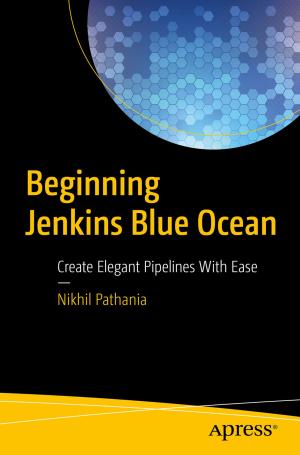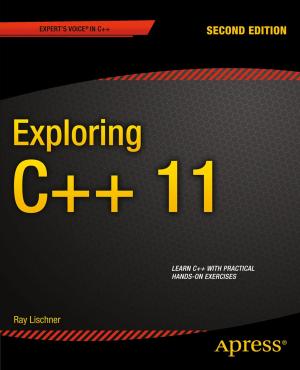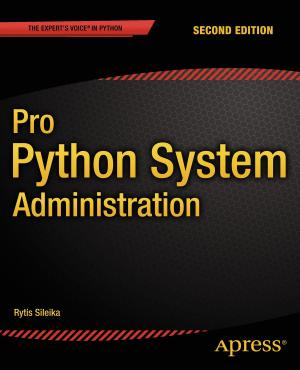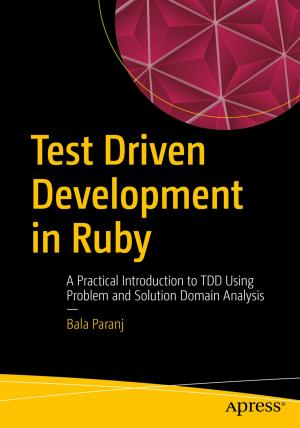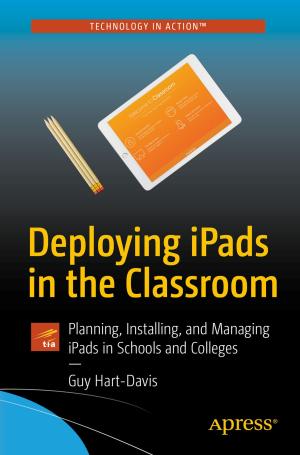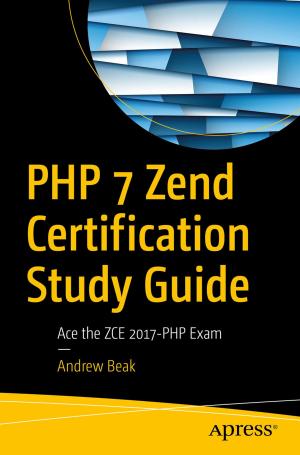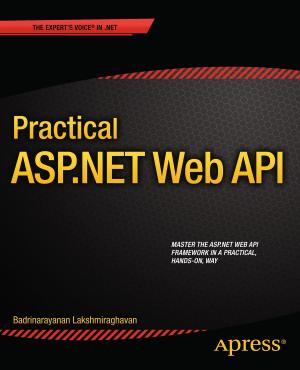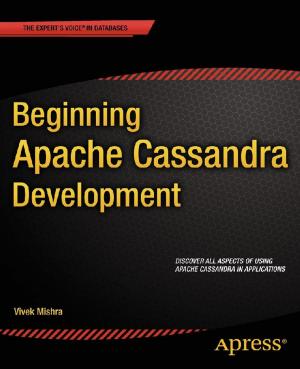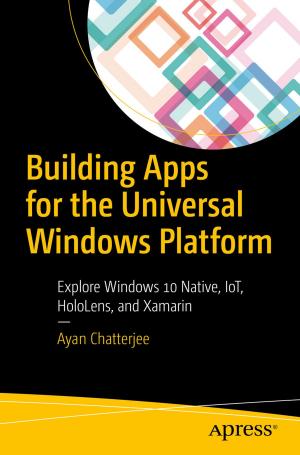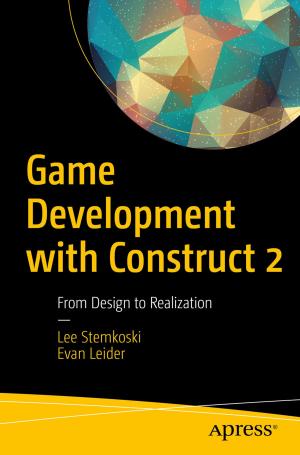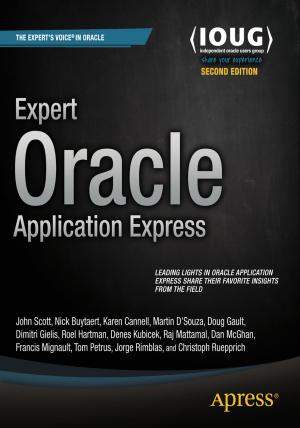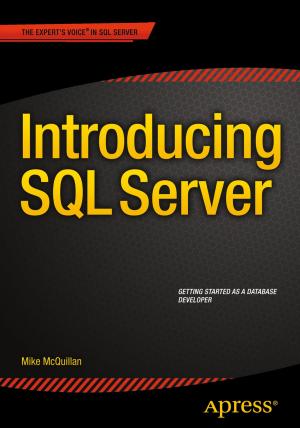The Blender Python API
Precision 3D Modeling and Add-on Development
Nonfiction, Computers, Programming, Programming Languages, General Computing| Author: | Chris Conlan | ISBN: | 9781484228029 |
| Publisher: | Apress | Publication: | June 14, 2017 |
| Imprint: | Apress | Language: | English |
| Author: | Chris Conlan |
| ISBN: | 9781484228029 |
| Publisher: | Apress |
| Publication: | June 14, 2017 |
| Imprint: | Apress |
| Language: | English |
Understand Blender's Python API to allow for precision 3D modeling and add-on development. Follow detailed guidance on how to create precise geometries, complex texture mappings, optimized renderings, and much more.
This book is a detailed, user-friendly guide to understanding and using Blender’s Python API for programmers and 3D artists. Blender is a popular open source 3D modeling software used in advertising, animation, data visualization, physics simulation, photorealistic rendering, and more. Programmers can produce extremely complex and precise models that would be impossible to replicate by hand, while artists enjoy numerous new community-built add-ons.
The Blender Python API is an unparalleled programmable visualization environment. Using the API is made difficult due to its complex object hierarchy and vast documentation. Understanding the Blender Python API clearly explains the interface. You will become familiar with data structures and low-level concepts in both modeling and rendering with special attention given to optimizing procedurally generated models. In addition, the book:
-
Discusses modules of the API as analogs to human input modes in Blender
-
Reviews low-level and data-level manipulation of 3D objects in Blender Python
-
Details how to deploy and extend projects with external libraries
-
Provides organized utilities of novel and mature API abstractions for general use in add-on development
What You’ll Learn
-
Generate 3D data visualizations in Blender to better understand multivariate data and mathematical patterns.
-
Create precision object models in Blender of architectural models, procedurally generated landscapes, atomic models, etc.
-
Develop and distribute a Blender add-on, with special consideration given to careful development practices
-
Pick apart Blender’s 3D viewport and Python source code to learn about API behaviors
-
Develop a practical knowledge of 3D modeling and rendering concepts
-
Have a practical reference to an already powerful and vast API
Who This Book Is For
Python programmers with an interest in data science, game development, procedural generation, and open-source programming as well as programmers of all types with a need to generate precise 3D models. Also for 3D artists with an interest in programming or with programming experience and Blender artists regardless of programming experience.
Understand Blender's Python API to allow for precision 3D modeling and add-on development. Follow detailed guidance on how to create precise geometries, complex texture mappings, optimized renderings, and much more.
This book is a detailed, user-friendly guide to understanding and using Blender’s Python API for programmers and 3D artists. Blender is a popular open source 3D modeling software used in advertising, animation, data visualization, physics simulation, photorealistic rendering, and more. Programmers can produce extremely complex and precise models that would be impossible to replicate by hand, while artists enjoy numerous new community-built add-ons.
The Blender Python API is an unparalleled programmable visualization environment. Using the API is made difficult due to its complex object hierarchy and vast documentation. Understanding the Blender Python API clearly explains the interface. You will become familiar with data structures and low-level concepts in both modeling and rendering with special attention given to optimizing procedurally generated models. In addition, the book:
-
Discusses modules of the API as analogs to human input modes in Blender
-
Reviews low-level and data-level manipulation of 3D objects in Blender Python
-
Details how to deploy and extend projects with external libraries
-
Provides organized utilities of novel and mature API abstractions for general use in add-on development
What You’ll Learn
-
Generate 3D data visualizations in Blender to better understand multivariate data and mathematical patterns.
-
Create precision object models in Blender of architectural models, procedurally generated landscapes, atomic models, etc.
-
Develop and distribute a Blender add-on, with special consideration given to careful development practices
-
Pick apart Blender’s 3D viewport and Python source code to learn about API behaviors
-
Develop a practical knowledge of 3D modeling and rendering concepts
-
Have a practical reference to an already powerful and vast API
Who This Book Is For
Python programmers with an interest in data science, game development, procedural generation, and open-source programming as well as programmers of all types with a need to generate precise 3D models. Also for 3D artists with an interest in programming or with programming experience and Blender artists regardless of programming experience.

